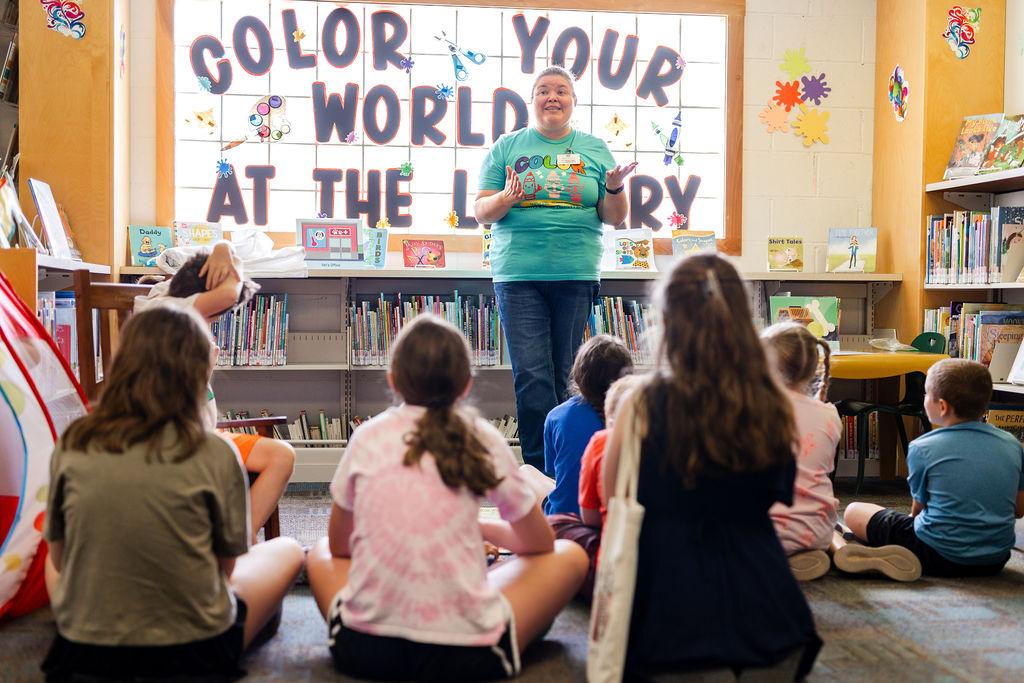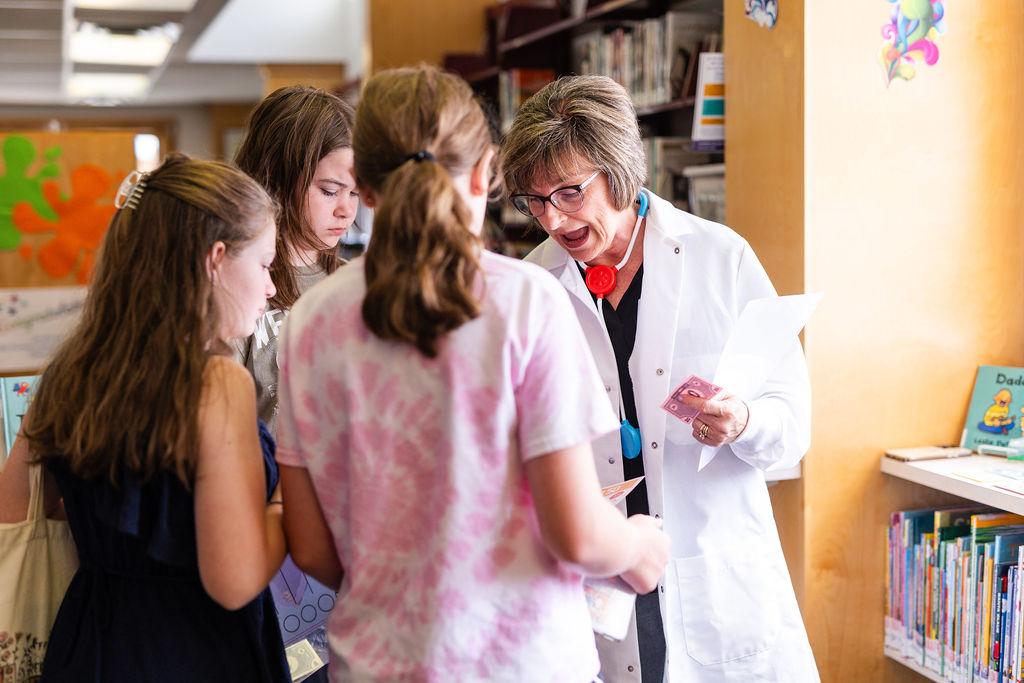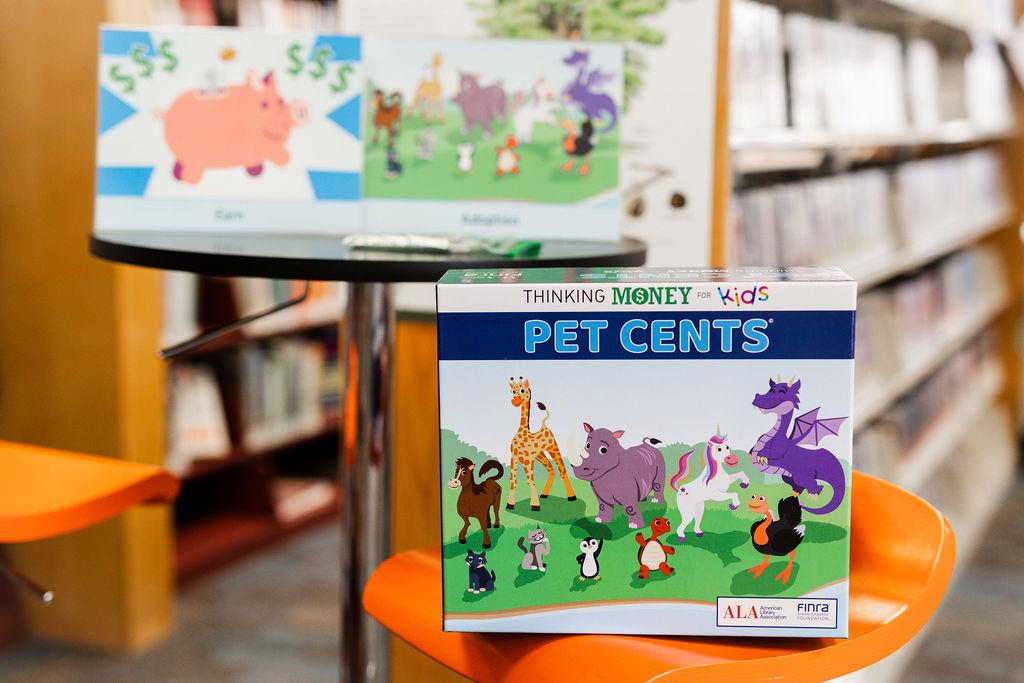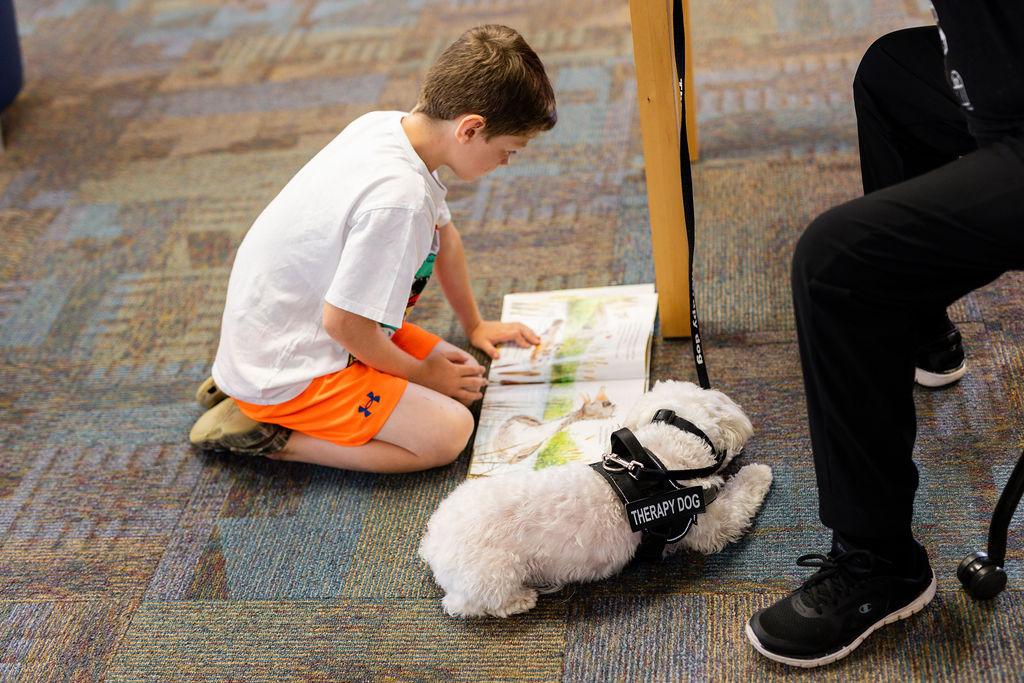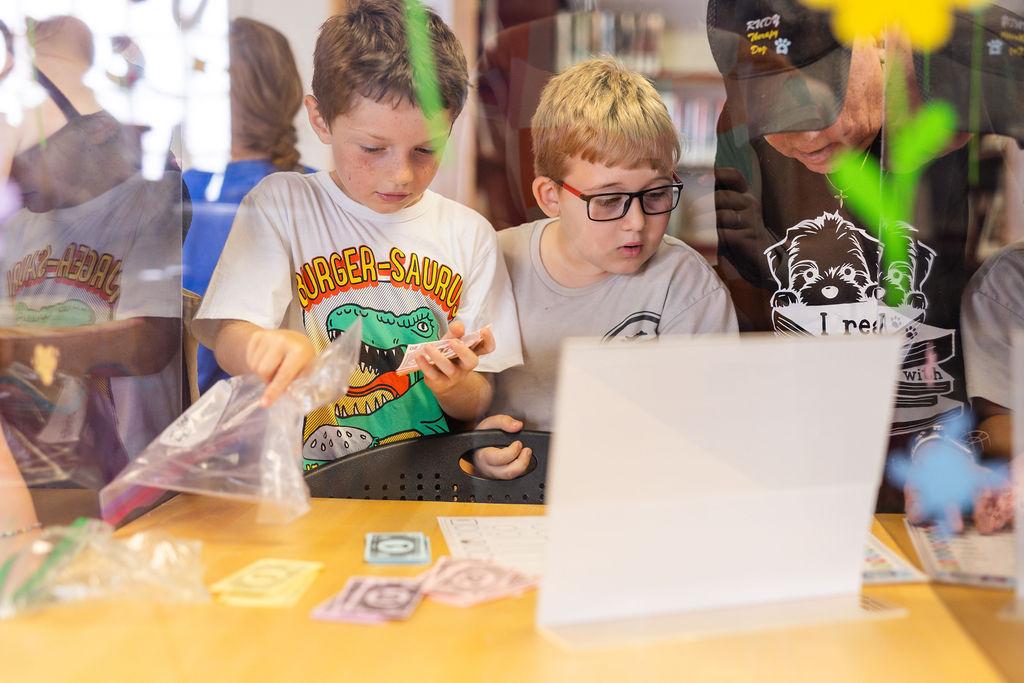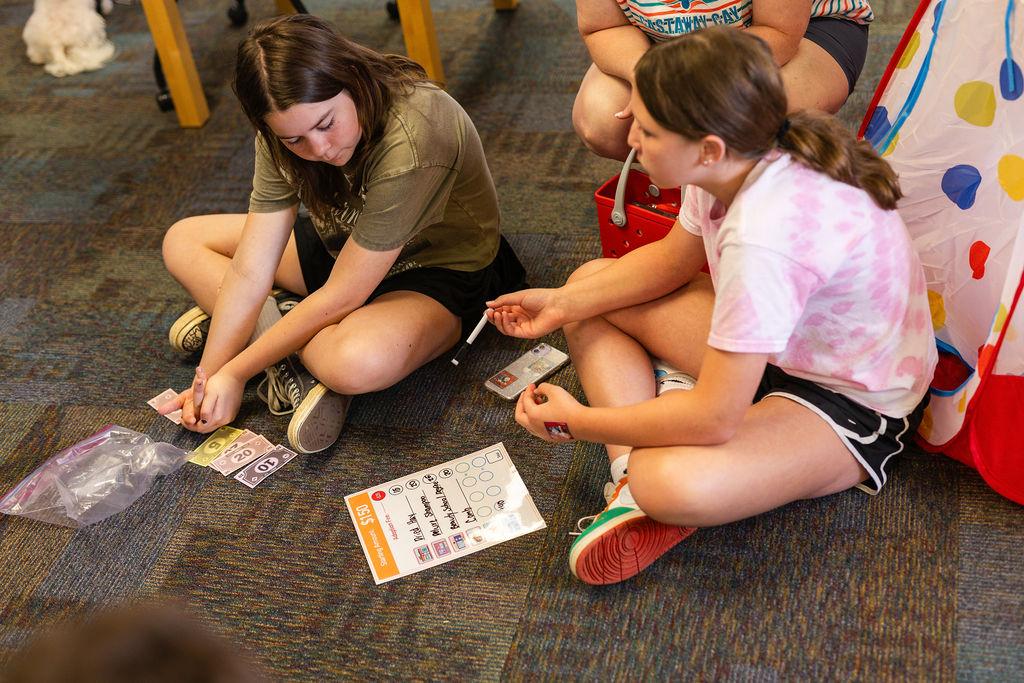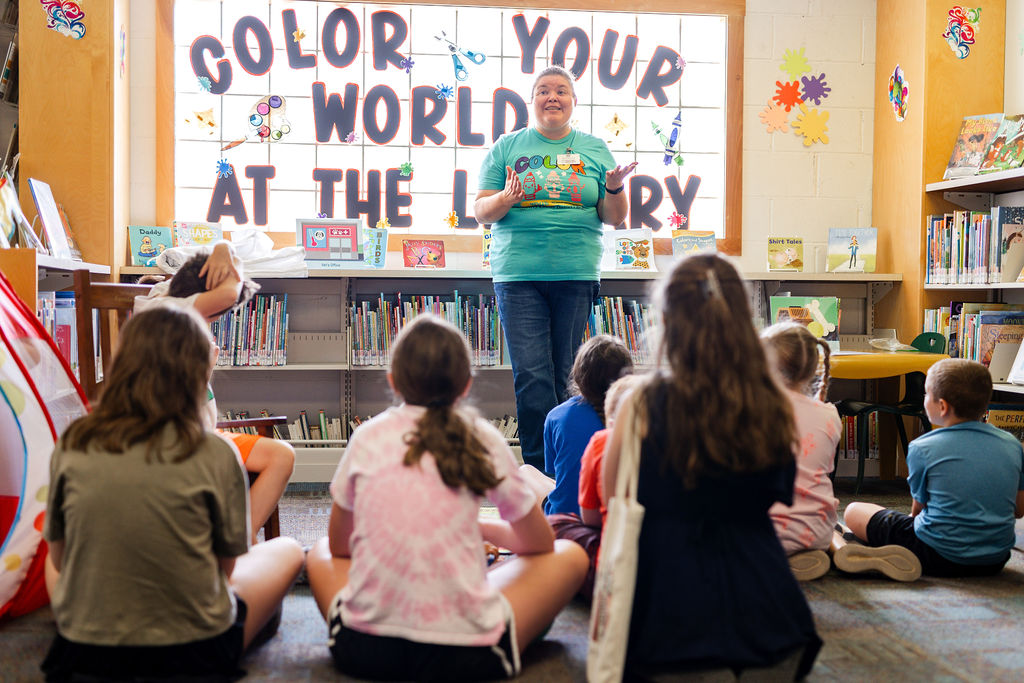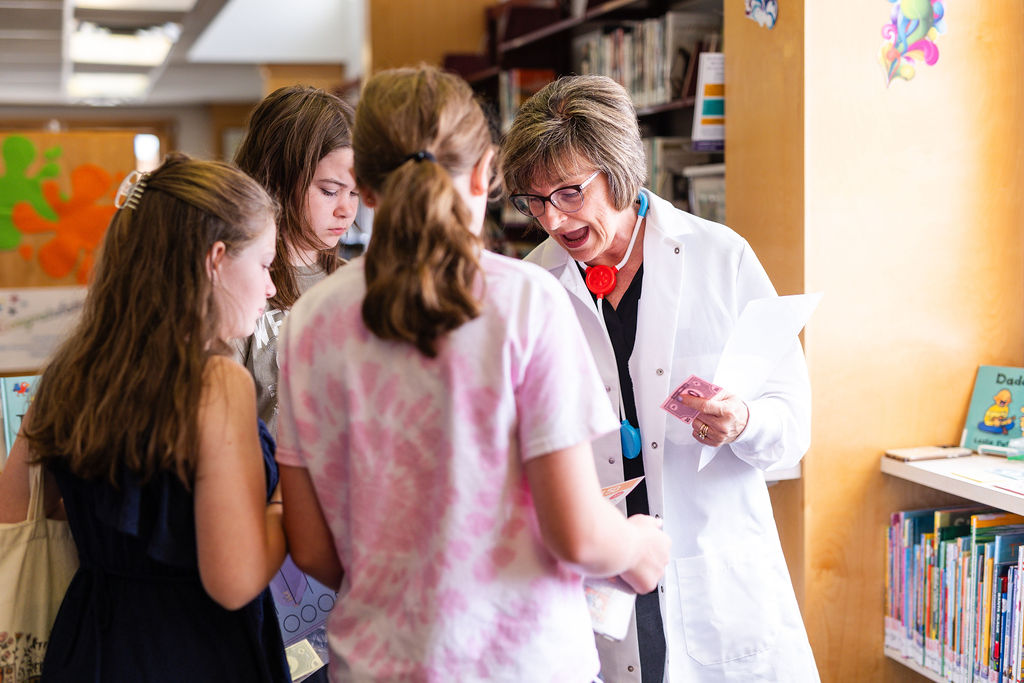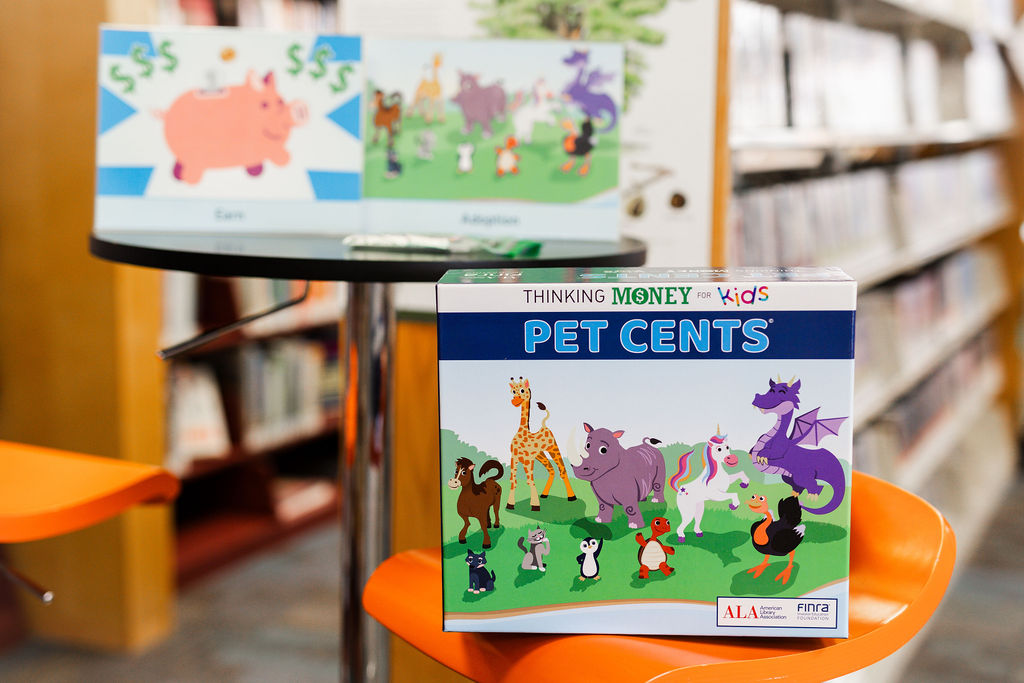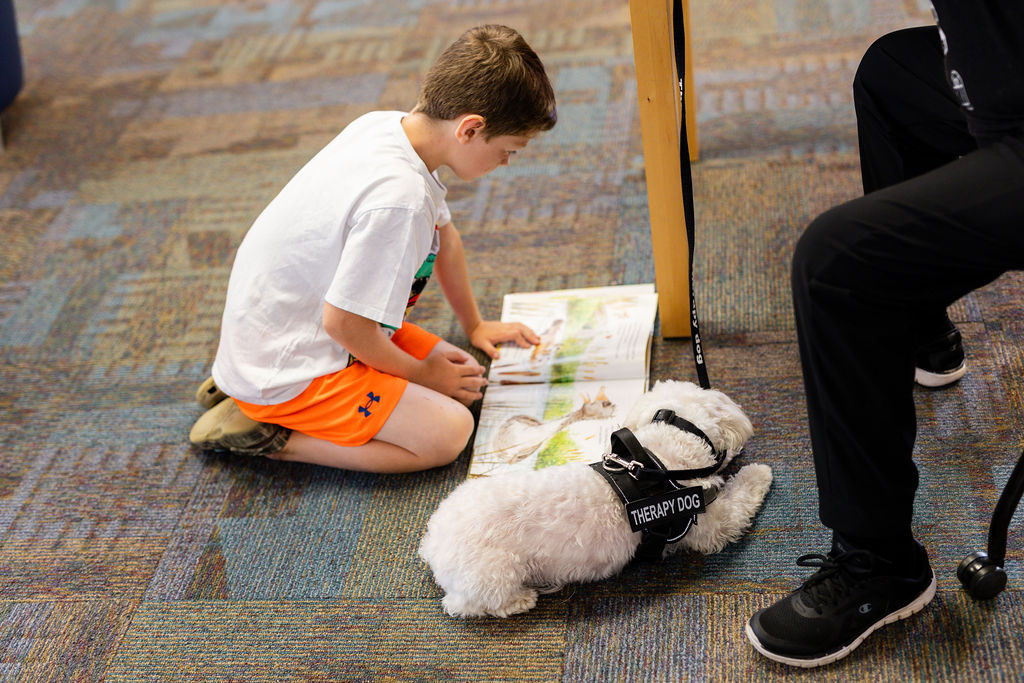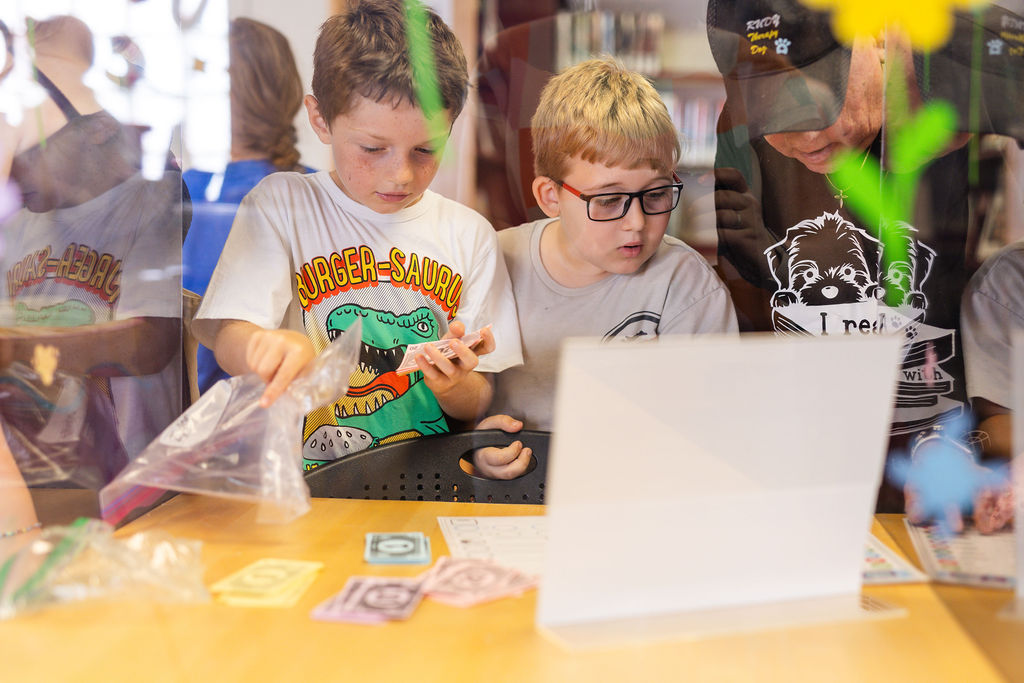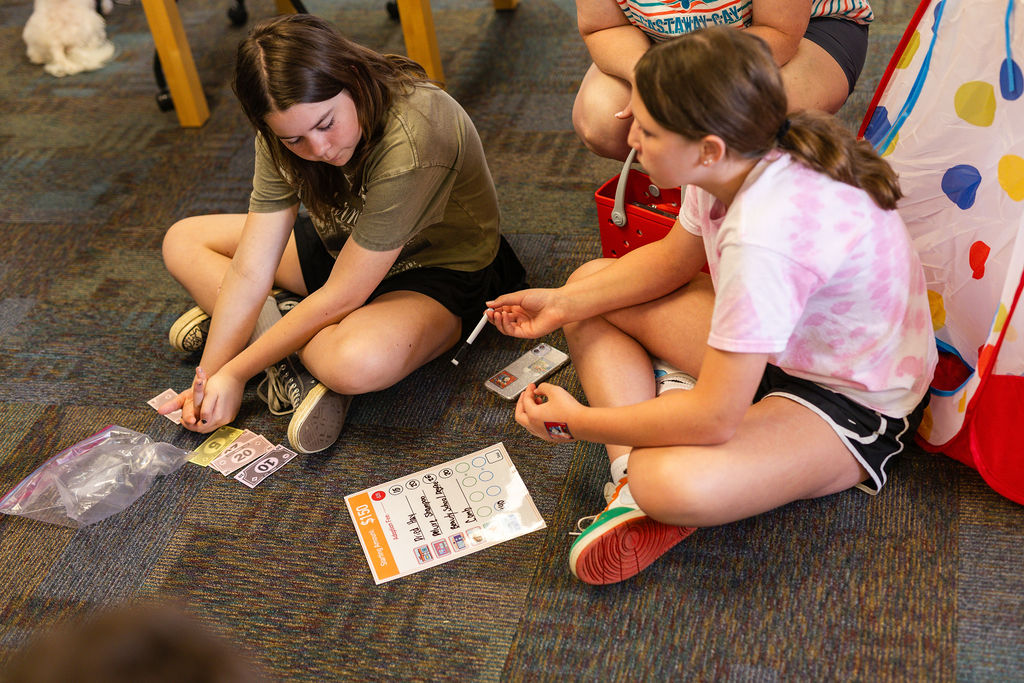“My mom doesn’t make me do it, I just love doing stuff at the library. I try to do everything I can.” – 11-year-old Pet Cents attendee
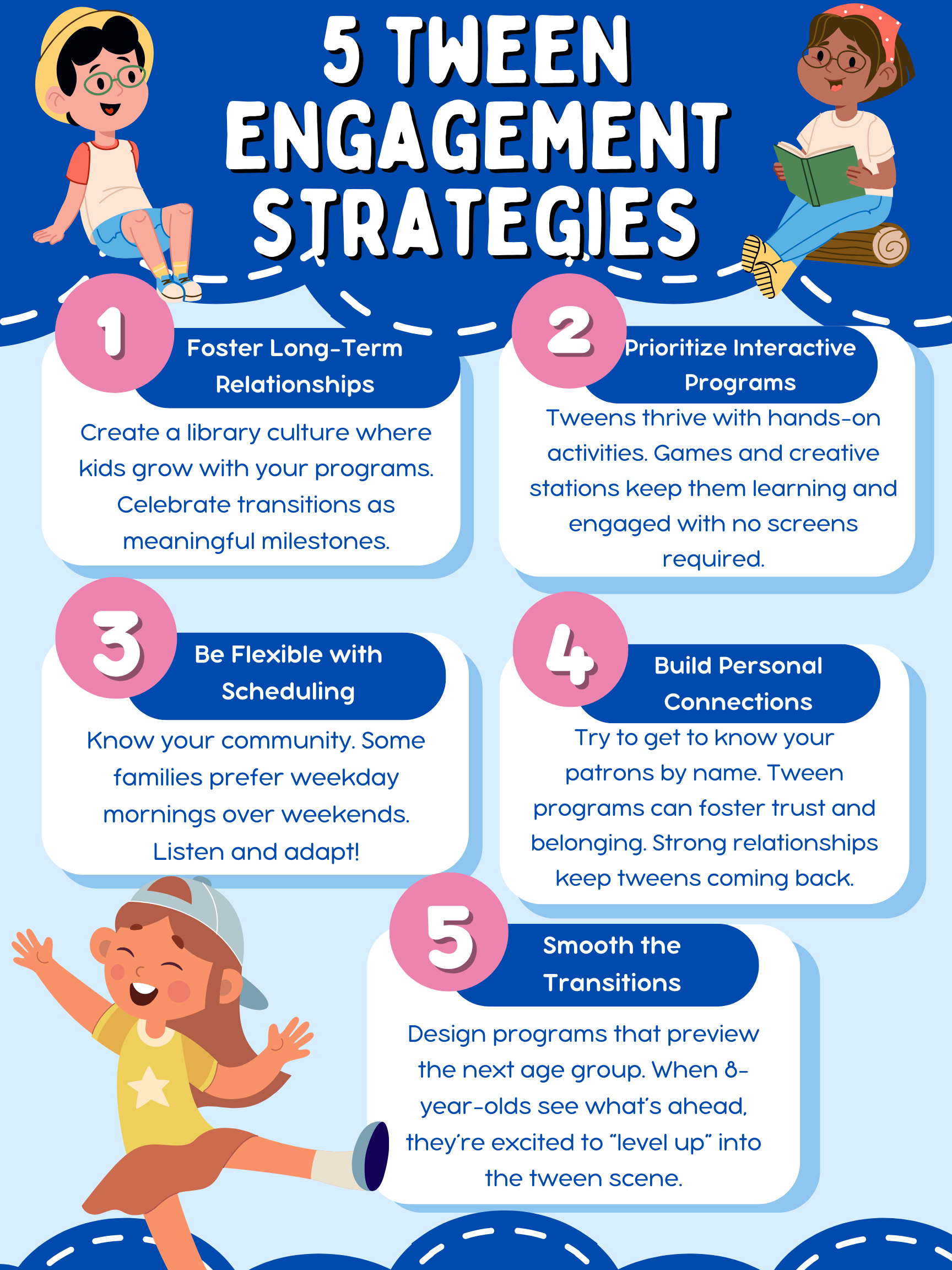
The financial literacy game Pet Cents was the tween program at the Junction City Branch that day. As one of the recipients of ALA’s Thinking Money for Kids Program Kit, the Perry County District Library has hosted 27 programs using the five games from the kit and has reached 461 people, including many tweens (the library classifies tweens as ages 9 – 12). They are now using the games as part of their summer reading program lineup.
(Download free materials to play Pet Cents and other Thinking Money for Kids games, Penny Pinchers' Party and Currency Conga.)
Right away, it was evident that the librarians, Cass Argo, youth services assistant (with a focus on tweens and homeschooling families), and Melissa Marolt, director, are on a first-name basis with most of the tweens and their parents. Of the 28 staff in the library district, six are full-time employees, and everyone wears many hats, which helps to foster relationships with patrons.
“We’ve seen them grow up,” Marolt told me. “We go out to all of our local school districts to do programming with students, and we are primary community partners with three school districts’ after-school programs. During those visits, we really get to know the students, and this builds interest in library programming. They engage in fun, interactive programming at their school, then they will often seek out additional library programming by visiting our buildings or bookmobile stops."
Many patrons of the Perry County District Library start bringing their children to programs as babies. The culture of growing up within the library and entering new program age groups is celebrated and seen as a major milestone. “They get excited about ‘graduating’ into the next step,” Marolt says. “If they had an older sibling age into the tween group, they can’t wait to do the same.” "Many of these younger siblings have started a 'countdown to 9' — the day they can first join our tween programs,” Argo adds.
When the tweens arrived at the Pet Cents game, there were many hugs and greetings. “It’s like a family reunion in here,” remarked a parent of an 11-year-old. “We drive from library branch to library branch to attend these programs. We try not to miss any.”
Another parent of a tween at the program told us about her child, “She has done every summer reading program since she was 3 years old. We try to go to all the library activities, and if she’s busy, she does things virtually through Beanstack.”

